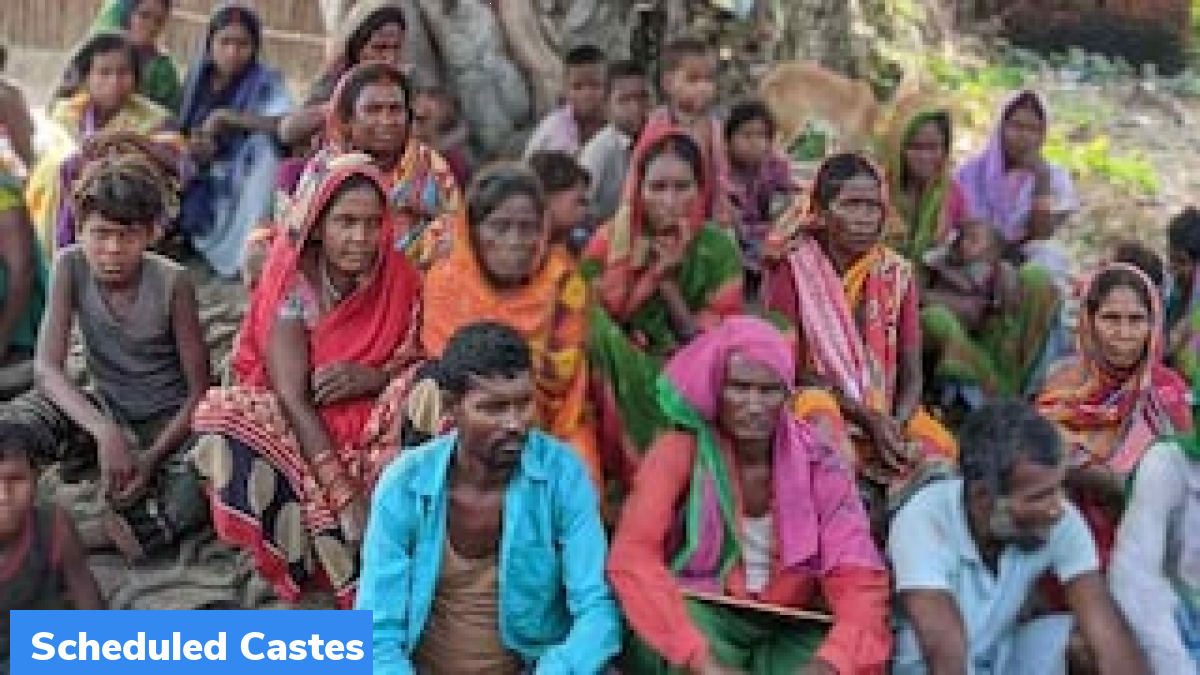‘Residential Segregation and Unequal Access to Local Public Services in India: Evidence from 1.5m Neighbourhoods’
A paper titled ‘Residential Segregation and Unequal Access to Local Public Services in India: Evidence from 1.5m Neighbourhoods’ was released recently. It has shed light on the level of residential segregation in Indian cities and its impact on marginalized communities.
Data Sources
The research paper draws its insights from the Socioeconomic and Caste Census 2012 and the Economic Census. These comprehensive data sources provide valuable information on the demographics and socioeconomic conditions of Indian neighborhoods.
Magnitude of Segregation
According to the paper, approximately 26% of the Muslim population resides in neighborhoods with an over 80% Muslim population, while 17% of the SC population lives in neighborhoods with an over 80% SC population. These statistics reflect the concentrated nature of residential segregation in India.
Systematic Allocation of Public Facilities
The research paper highlights that public facilities and infrastructure are systematically allocated away from neighborhoods where Muslim and Scheduled Caste residents live. This allocation disparity affects marginalized communities and contributes to the unequal access to essential services.
Limited Access to Services
Neighborhoods inhabited by marginalized groups face significant barriers in accessing vital services such as primary and secondary schools, healthcare, piped water supply, electricity, and covered drains. The paper emphasizes that the disparities in service availability are substantial.
Implications for Marginalized Communities
In a 100% Muslim neighborhood compared to a 0% Muslim neighborhood, the likelihood of having piped water infrastructure decreases by approximately 10%. This finding underscores the disparities faced by marginalized communities in accessing basic amenities.
Urban vs. Rural Segregation
The research paper reveals that residential segregation is slightly lower in urban areas compared to rural areas. Additionally, the study suggests that newer cities experience less segregation than older ones, indicating a potential shift in patterns over time.
Association with Social Outcomes
Contrary to the U.S. context, where segregated cities primarily impact Black Americans, the paper emphasizes that segregated cities in India affect social outcomes for all social groups. This finding highlights the broad implications of residential segregation on marginalized communities in India.
Month: Current Affairs - June, 2023
Category: India Nation & States Current Affairs


